#hst
Text
Steamy Reunion with Jing Yuan
Pairing: Jing Yuan x Fem!Reader
Tags: nsfw, smut, dirty talk, reunion sex, clit stimulation, rough sex, begging, creampie, size differance, Jing Yuan being called 'sir'
A/N: I don't know. I've been in Italy for a week and I'm thinking about Jing Yuan.

On all fours you're a mess under your beloved cloud General, his hips sharp and rough as they snap against you. All of your clothes has been tossed around the room, you probably won't be able to find them in the morning, if they're in one piece even.
"My little dove, I've missed you so much. Have missed me? The way my cock fills your cunt, the way my fingers dance on your clit?" Ying Juan's fingers were already so wet that there was a lewd slick sound even if he rubbed them together, let alone you sensitive clit. You'd lost track of your orgasms, his cock tiresly pumping in and out filling you up like hasn't had you for an eternity, not a month.
"Jing... Yuan... sir... oh, please, please." You whimpered as his other hand pulled you back, impaling you on his big, thick cock. "Missed you so much!"
Hot kisses were pressed along your spine as he spoke "My dick couldn't stop getting hard at the thought of you. I missed your tight warmth. But don't worry," Jing Yuan's fingers speed up, giving you another body shattering orgasm, "I plan to make it up to you. Need to leave again soon but for every day that I've been gone I'll give you a hot load of my cum, and for every day I will be gone I'll make you see stars."
His cock twitched and pulsed as you gasped at his promise, finally seeing his goal.
"Yes. Make me remember, make my pussy remember your cock." Oh you'll remember, every time you take your fingers or a dildo you'll remember how much better his cock is.
#honkai star rail x reader#hst#hsr x reader#jing yuan x reader#honkai star rail imagines#hsr imagines#jing yuan imagine#honkai star rail headcanon#hsr headcanon#jing yuan headcanons#honkai star rail x female reader#hsr x female reader#jing yuan x female reader#honkai star rail x you#hsr x you#jing yuan x you#honkai star rail smut#hsr smut#jing yuan smut#hsr jing yuan#hsr imagine#honkai star rail#honkai jing yuan
1K notes
·
View notes
Text

"In a closed society where everybody's guilty, the only crime is getting caught. In a world of thieves, the only final sin is stupidity.
– Hunter S. Thompson
251 notes
·
View notes
Text
A star’s massive outburst captured by the Hubble Space Telescope.
The outburst, from star system V838 Monocerotis, is possibly from a luminous red nova, a stellar explosion thought to be caused by the merging of two stars. The timelapse was created from images captured by Hubble over approximately four years. (source)
425 notes
·
View notes
Photo

Carina Nebula Detail by NASA Goddard Photo and Video https://flic.kr/p/7GGgdx
212 notes
·
View notes
Text

Not to be a dick to the author of this cool book about roses but like. That was in fact a very helpful description. It was meant for local farmers and thus used reference points and crops more familiar to them, it wasn't intended to hold the hand of every gardner universally for millennia <3
#hst#Idk i just hate when people are snarky about ancient texts that they have ripped out of context anyway
264 notes
·
View notes
Photo

this video came up in my recommended https://www.youtube.com/watch?v=Pj0rx4h8Jr8 they must be late for something cause they are CHUGGIN
257 notes
·
View notes
Text
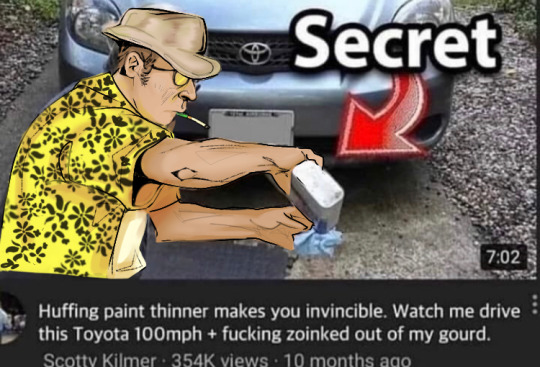
69 notes
·
View notes
Text


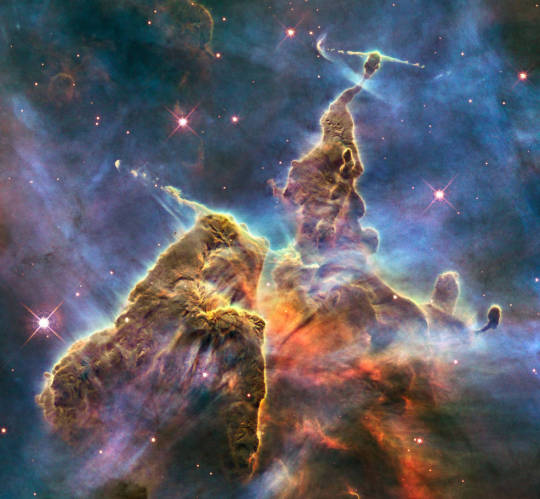
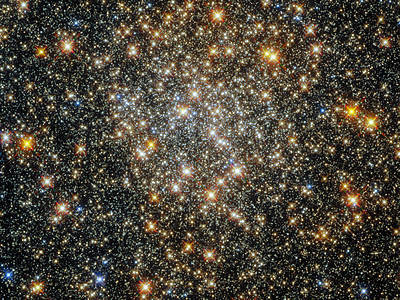
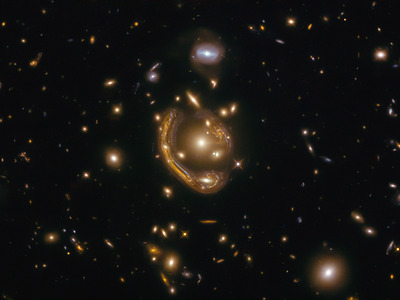
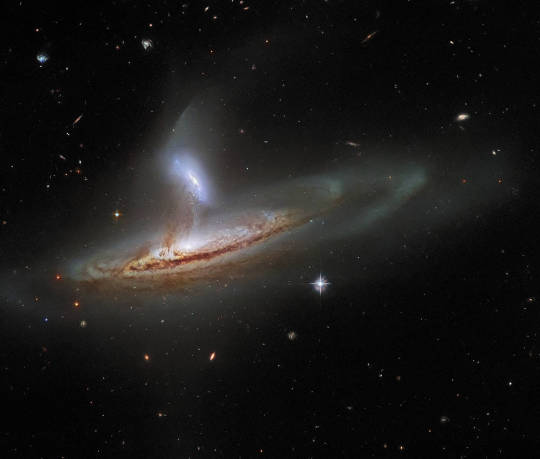
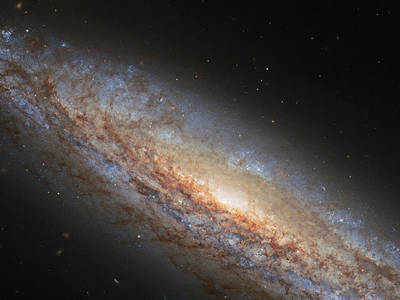
Happy 32nd Launch Day, Hubble!
Launched on April 24, 1990, the HST has been in operation for 32 years now -- more than twice its projected operational lifetime of 15 years! Originally scheduled for launch in 1983, it was delayed until 1986 because of engineering difficulties and was postponed again until 1990 after the loss of Challenger.
The Hubble telescope has revolutionized our understanding of not only our own galaxy but the origins of the universe itself.
Image source
#astronomy#telescopes#technology#science#nebula#galaxies#galaxy#gravitational lensing#globular cluster#stars#universe#early universe#hst#hubble space telescope#hubble#i was going to write more but then i ran out of steam oops#images were chosen because i thought they were pretty lmao no other reason#NASA#life the universe and everything
1K notes
·
View notes
Video
Hubble Uncovers a Celestial Fossil by NASA's Marshall Space Flight Center
Via Flickr:
This densely populated group of stars is the globular cluster NGC 1841, which is part of the Large Magellanic Cloud (LMC), a satellite galaxy of our Milky Way galaxy that lies about 162,000 light-years away. Satellite galaxies are bound by gravity in orbits around a more massive host galaxy. We typically think of the Andromeda Galaxy as our galaxy’s nearest galactic companion, but it is more accurate to say that Andromeda is the nearest galaxy that is not in orbit around the Milky Way galaxy. In fact, dozens of satellite galaxies orbit our galaxy and they are far closer than Andromeda. The largest and brightest of these is the LMC, which is easily visible to the unaided eye from the southern hemisphere under dark sky conditions away from light pollution. The LMC is home to many globular clusters. These celestial bodies fall somewhere between open clusters – which are much less dense and tightly bound – and small, compact galaxies. Increasingly sophisticated observations reveal the stellar populations and characteristics of globular clusters are varied and complex, and we have yet to fully understand how these tightly packed groups of stars form. However, there are certain consistencies across all globular clusters: they are very stable and hold their shape for a long time, which means they are generally very old and contain large numbers of very old stars. Globular clusters are akin to celestial ‘fossils.’ Just as fossils provide insight into the early development of life on Earth, globular clusters such as NGC 1841 can provide insights into very early star formation in galaxies. Credit: ESA/Hubble & NASA, A. Sarajedini #NASA #NASAGoddard #NASAMarshall #NASAGoddard #HubbleSpaceTelescope #HST #ESA #globularcluster Read more Read more about NASA’s Hubble Space Telescope NASA Media Usage Guidelines
#NASA#Goddard Space Flight Center#GSFC#Solar System & Beyond#ESA#European Space Agency#universe#space#astronomy#Marshall Space Flight Center#MSFC#Hubble Space Telescope#HST#Hubble#globular cluster#NGC 1841#star cluster#globular star cluster#stars#Watch
20 notes
·
View notes
Text

NASA/ESA Hubble Space Telescope in its high orbit 600 kilometres above Earth.
Date: January 26, 2011
source
#Hubble Space Telescope#Hubble#HST#KH-11 derived#KH-11#Space Telescope#NASA#ESA#January#2011#my post
36 notes
·
View notes
Text

A flat colour commission for Twitter user @FoodieTheFox of Pip & Emma as they appear in his AU!
#Pip#Emma#NWR#Thomas the Tank Engine#TTTE#The Railway Series#RWS#HST#High-Speed train#Commission#Illustration#Locomotive
34 notes
·
View notes
Video
No zoom by European Space Agency
Via Flickr:
This image shows a globular cluster known as NGC 1651. Like the object in another recent Picture of the Week, it is located about 162 000 light-years away in the largest and brightest of the Milky Way’s satellite galaxies, the Large Magellanic Cloud (LMC). A notable feature of this image is that the globular cluster almost fills the entire image, even though globular clusters are only about 10 to 300 light-years in diameter (NGC 1651 has a diameter of roughly 120 light-years). In contrast, there are numerous Hubble Pictures of the Week that feature entire galaxies — which can be tens or hundreds of millions of light-years in diameter — that also more or less fill the whole image. A common misconception is that Hubble and other large telescopes manage to observe wildly differently sized celestial objects by zooming in on them, as one would with a specialised camera here on Earth. However, whilst small telescopes might have the option to zoom in and out to a certain extent, large telescopes do not. Each telescope’s instrument has a fixed ‘field of view’ (the size of the region of sky that it can observe in a single observation). For example, the ultraviolet/visible light channel of Hubble’s Wide Field Camera 3 (WFC3), the channel and instrument that were used to collect the data used in this image, has a field of view roughly one twelfth the diameter of the Moon as seen from Earth. Whenever WFC3 makes an observation, that is the size of the region of sky that it can observe. The reason that Hubble can observe objects of such wildly different sizes is two-fold. Firstly, the distance to an object will determine how big it appears to be from Earth, so entire galaxies that are relatively far away might take up the same amount of space in the sky as a globular cluster like NGC 1651 that is relatively close by. In fact, there's a distant spiral galaxy lurking in this image, directly left of the cluster — though undoubtedly much larger than this star cluster, it appears small enough here to blend in with foreground stars! Secondly, multiple images spanning different parts of the sky can be mosaiced together to create single images of objects that are too big for Hubble’s field of view. This is a very complex task and is not typically done for Pictures of the Week, but it has been done for some of Hubble’s most iconic images. [Image Description: A spherical collection of stars, which fills the whole view. The stars merge into a bright, bluish core in the centre, and form a sparse band around that out to the edges of the image. A few stars lie in front of the cluster, with visible diffraction spikes. The background is dark black.] Credits: ESA/Hubble & NASA, L. Girardi, F. Niederhofer; CC BY 4.0
#NGC 1651#ESA#European Space Agency#Space#Universe#Cosmos#Space Science#Science#Space Technology#Tech#Technology#HST#Hubble Space Telescope#Galaxy#Supernova#NASA#Creative Commons#Stars#Star#Globular Cluster#flickr
20 notes
·
View notes
Text
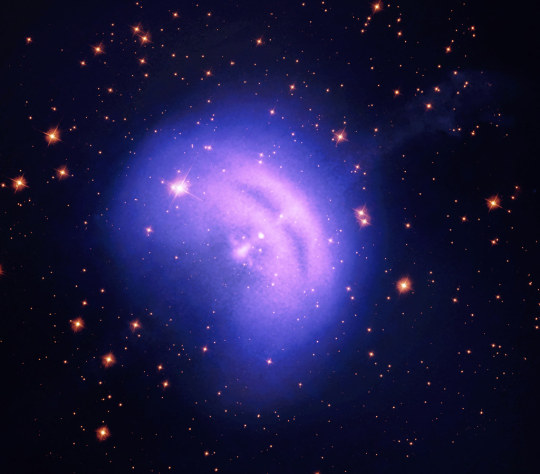
#IFTTT#Flickr#nasa#nasasmarshallspaceflightcenter#nasamarshall#marshall#msfc#solarsystembeyond#astronomy#astrophysics#chandraxrayobservatory#ixpe#imagingxraypolarimetryexplorer#hubblespacetelescope#hst#hubble
36 notes
·
View notes
Text

Stripe fabric made into a little wall hanging. Mitred borders with the stripe was easy and fun.
I couldn’t decide on a side setting triangle colour until I said “fuck it, make it bright” and picked the bright yellow. I love it.
Free motion quilted on my domestic with a loop meander using yellow thread. I… think I used the yellow grunge fabric for the backing? I didn’t have much of the stripe and that’s why I did a small project.
#gay crafting#quilting#patchwork#quilt#quilttop#finished project#free motion quilting#rainbow#yellow#hst#half square triangles#stripes#gay pride#gay flag#grunge fabric#wall hanging
22 notes
·
View notes
Quote
The towers are gone now, reduced to bloody rubble, along with all hopes for Peace in Our Time, in the United States or any other country. Make no mistake about it: We are At War now—with somebody—and we will stay At War with that mysterious Enemy for the rest of our lives.
Hunter S. Thompson, September 12, 2001
426 notes
·
View notes


